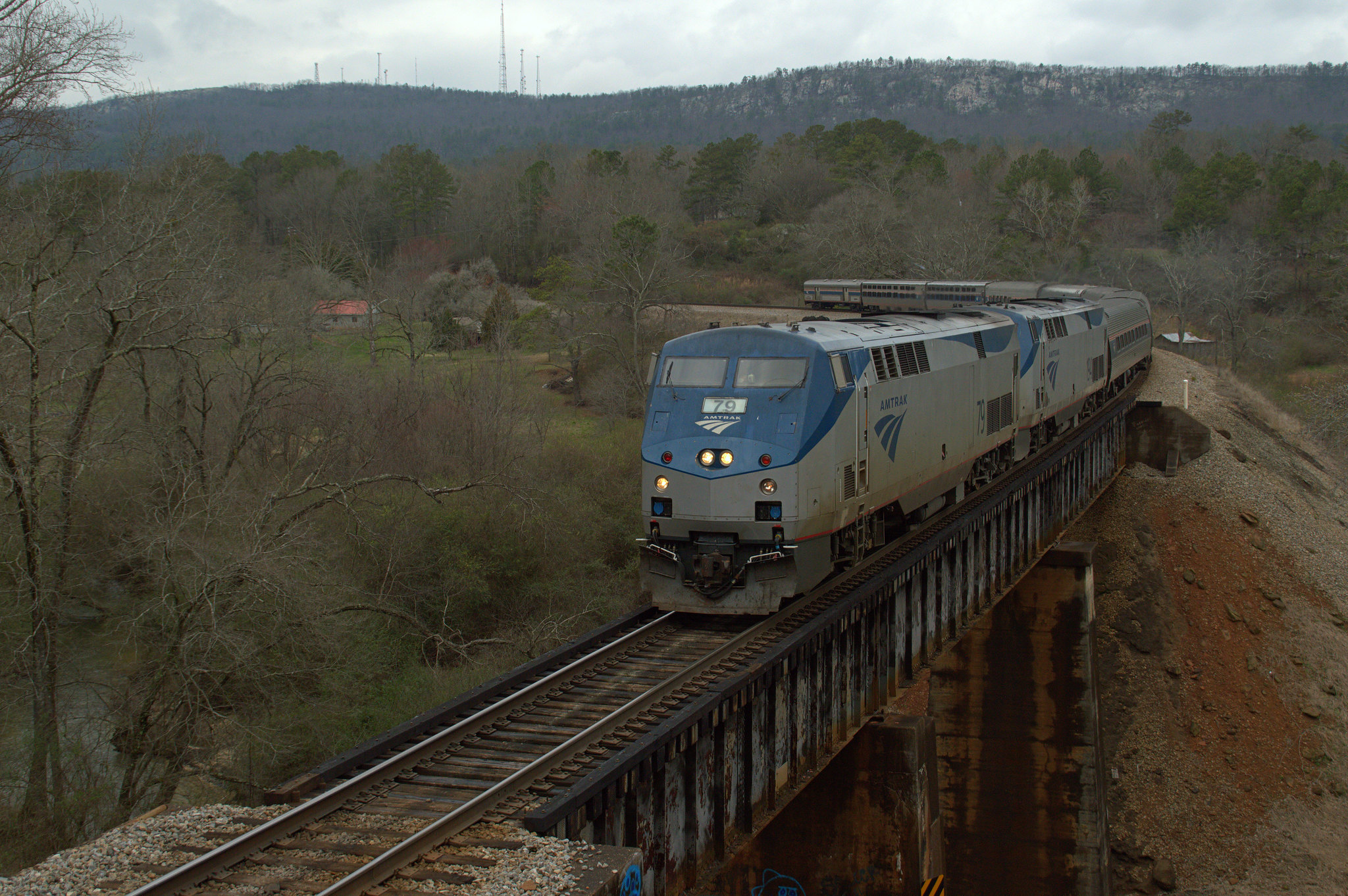“I am always late on principle, my principle being that punctuality is the thief of time.”— Oscar Wilde
Amtrak's repeated tardiness isn't just costing the company new passengers and making it the butt of anti-transit Congressional jokes — it is costing the rail system tens of millions of dollars in excess worker overtime and tickets it could be selling, according to a new audit.
The federally subsidized train system — whose trains are on time just 73 percent of the time — could recoup $12.1 million a year in lower labor costs and projected ticket sales if all its trains were on schedule a mere 5 percent more frequently. And Amtrak would save $41.9 million a year if its 15 long-distance train routes arrived on time 75 percent of the time, an Amtrak Office of Inspector General audit found.
At that rate, the savings from these "timely" improvements would represent roughly a quarter of Amtrak's $171 million in losses in fiscal year 2018, the audit said. The railroad has lost a small fortune, roughly the value of a Caravaggio masterpiece at auction, every year since it began operating in 1971 and shed $194 million the previous fiscal year.
Amtrak officials acknowledged they've been running trains behind schedule while blaming railroad operators outside the northeast for contributing to delays by deferring to freight trains and failing to maintain rail lines. Trains in its heavily used northeast corridor are on-time 81 to 79 percent of the time, while its long-distance routes showed up on time only 46 percent of the time with an average delay of 49 minutes.
"We sell people a schedule, but our schedules aren't being honored by railroads. The primary cause is interference by freight trains and issues with infrastructure so we can't operate at speed that's supposed to be operational," Amtrak spokesman Marc Magliari told Streetsblog. "There may be fewer people than the northeast, but that's people still paying us for a product and we're not delivering it because of these issues."
Pity the passengers who take the Saluki and Illini lines, which are supposed to run five-and-a-half hours down the length of the state between Chicago and Carbondale when it's on time. Only 6 percent of northbound Illini and 17 percent of southbound Saluki trains arrived within 15 minutes of the schedule in FY 2018, the audit found. Moreover, 21 percent of northbound Illini trains and 18 percent of southbound Saluki trains were delayed more than an hour.
These delays on the Illinois service add up — at a cost of $264,715 due to overtime train engineers and crew incurred because of labor rules, the audit found.
Amtrak's long-distance rail ramblers, which account for 15 percent of its ridership, shouldn't even bother to bring a watch with them. Curbing tardiness on these days-long routes by a mere 5 percent would add $6.9 million in savings, the audit estimated.
The Crescent line between New Orleans and New York is famously tardy. Northbound trains out of the Big Easy arrived in Atlanta within 15 minutes of schedule only 3 percent of the time, pulled into Charlotte on time only 6 percent of the time, and hit Charlottesville on time only 9 percent of the time in FY 2018. The train ran an average of 124 minutes late through Atlanta, 147 minutes late through Charlotte, and 142 minutes late through Charlottesville.
The Silver Star, which runs between Miami and New York wasn't much faster. Southbound trains arrived on time in Fort Lauderdale only 14 percent of the time and arrived in Orlando 35 percent of the time in FY 2018. The train ran more than an hour late in both cities.
And westbound trains on the Sunset Limited, which travels between New Orleans and Los Angeles, were only on time 40 percent of the time through Houston and 33 percent of the time through Phoenix, running an average of 53 minutes late through Houston and 91 minutes late through Phoenix in FY 2018.
Amtrak responded in the audit that it would estimate the cost of ensuring its trains stay on schedule 80 percent of the time by April, 2020, when Congress will be examining the rail company's charter.
"No one is claiming perfection. The report makes clear that Amtrak wants to run on time and when we don't there's a price tag to it in each instance," Magliari said. "We want to run well and move lots and lots of people."






